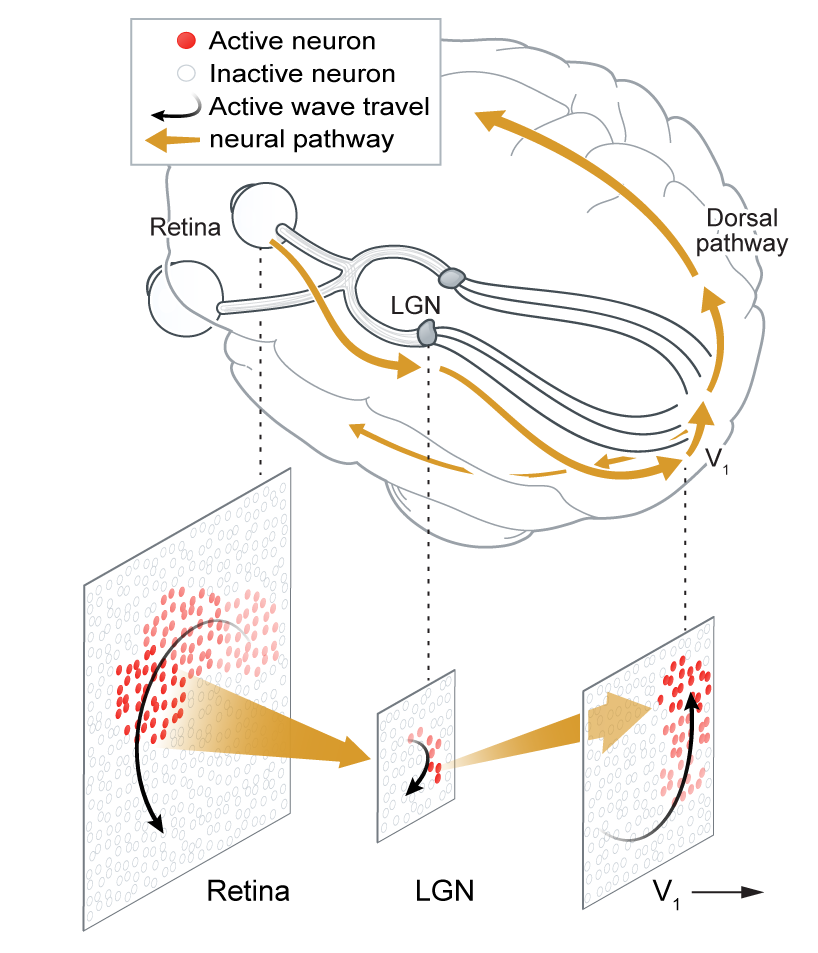Machine Learning
Inspired by Biology
Living neural networks in the brain perform an array of computational and information processing tasks including sensory input processing, storing and retrieving memory, decision making, and, more globally, generate the general phenomena of “intelligence”. In addition to their remarkable information processing feats, brains are unique because they are computational devices that actually self-organize their intelligence. In fact, during development, the entire brain ultimately grows from just a few single cells!
Artificial neural networks have already demonstrated human-like performance, but fall short of the biological equivalent in several key ways. Neural networks are:
- Built by hand, requiring significant engineering investments
- Highly memory/power inefficient
- Not equipped for real-time learning
- Susceptible to catastrophic forgetting
Our research pursues biologically inspired solutions to these problems by developing artificial neural networks that self-organize themselves, growing from single computational cells, just like the brain.

Growing Artificial Neural Networks
